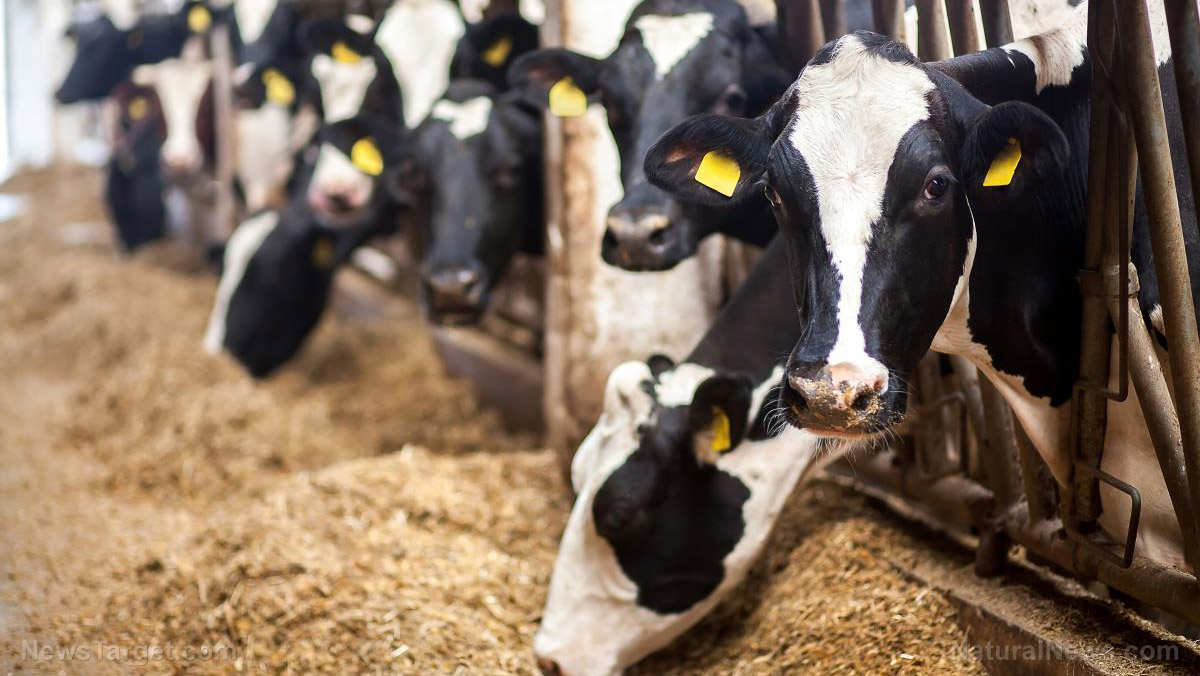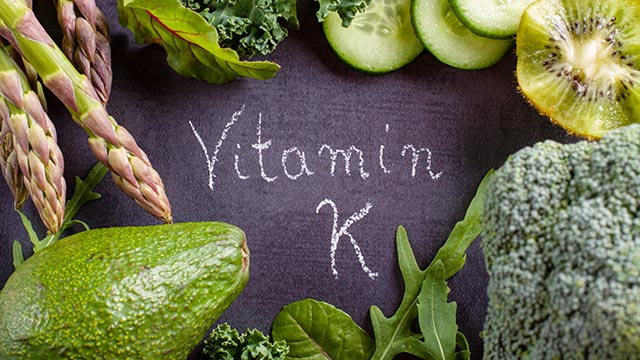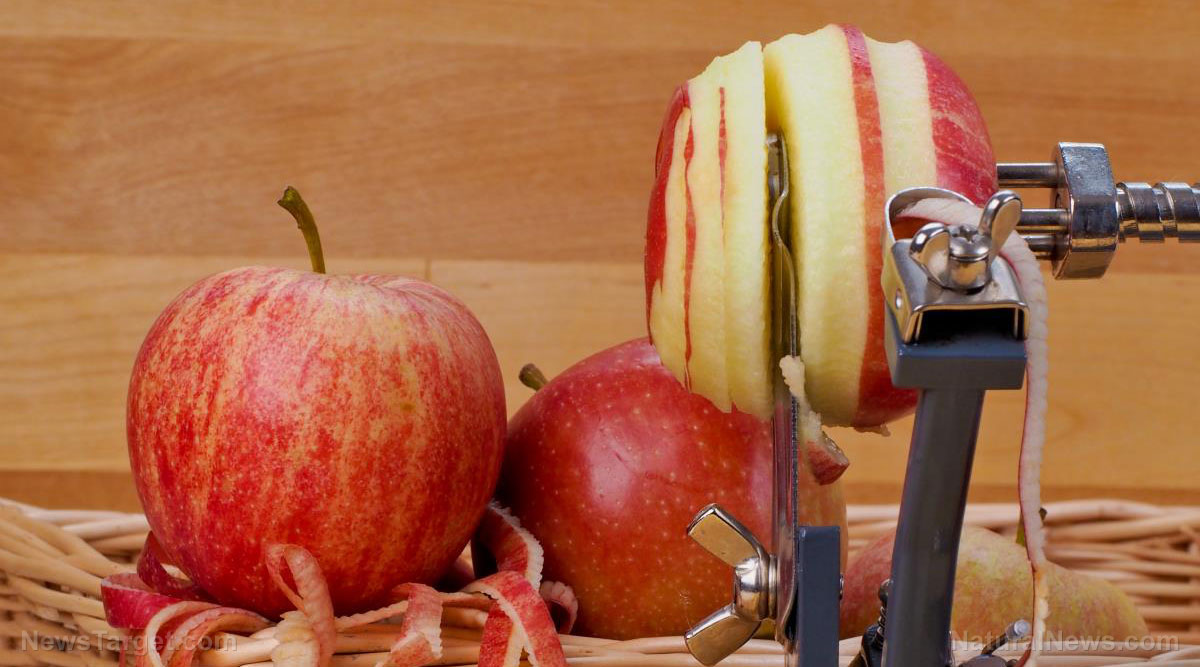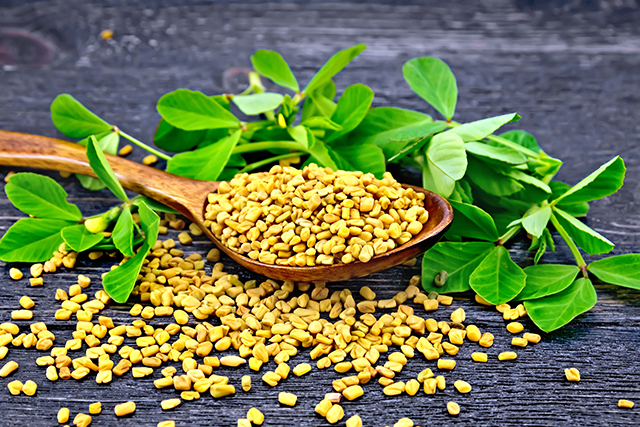WHO says we should stop giving antibiotics to healthy animals as rates of antibiotic resistance continue to soar
03/27/2019 / By Isabelle Z.

The problem of antibiotic resistance has gained a lot of international attention in recent years, with doctors and patients alike growing more aware of the need to curb unnecessary antibiotic use. However, even if everybody does their part, there’s another very big factor that should not be overlooked: Around 80 percent of the antibiotics around the world are actually used on animals.
In response, the World Health Organization has called for the use of antibiotics to promote growth in healthy animals to be stopped entirely. They’ve also recommended that medically important antibiotic use be cut back significantly to help prevent antibiotic resistance from growing out of control. The WHO says that the potential negative ramifications of restricting antibiotics to promote growth in animals are “relatively small or non-existent.”
Many of the antibiotics that are used for animals are quite similar to those given to humans, which means they are playing a role in the problem of growing infections that don’t respond to such medications.
According to the WHO’s recommendations, healthy animals should only be given antibiotics to prevent an illness if the disease has already been diagnosed in a particular animal’s herd or flock. Moreover, when antibiotics are used, vets should only give medications that are the least important to human health, using a list provided by the group. Meanwhile, those that appear as “highest priority critically important” on the list should not be given to animals as they are often the last line of defense for certain serious human bacterial infections. These include antibiotics such as macrolides, ketolides, and quinolones.
Some countries have already taken such initiatives. For example, the Netherlands has slashed the use of antibiotics in animals by almost 60 percent, while Namibia has halted the use of antibiotics in beef production. The EU has banned antibiotic use to promote growth since 2006.
National Resources Defense Council (NRDC) Senior Health Officer Dr. David Wallinga, who also served on the group that developed the WHO guidelines, said that he believes they could be successful as several of the countries already adhering to them have noted “remarkable decreases in their overall use of medically important antibiotics” in just a few years’ time.
According to a systematic review in The Lancet Planetary Health, interventions restricting the use of antibiotics in animals that produce food led to a 39 percent reduction in antibiotic-resistant bacteria in those animals.
Cutting down on unnecessary antibiotic use
There are also measures that can be used instead of antibiotics to prevent disease in animals, such as improved hygiene and changes to husbandry and housing practices.
Antibiotic resistance is a serious threat, with some bacteria that lead to serious infections in humans already able to resist many, if not all, of the available treatments. Compounding the issue is a lack of promising alternatives in the research pipeline at the moment.
At least two million Americans contract antibiotic-resistant infections each year, and 23,000 people die from such infections annually in the U.S. alone. WHO Director General Dr. Tedros Adhanom Ghebreyesus has said that the lack of effective antibiotics is as big of a security threat as a sudden outbreak of a fatal disease.
We can alleviate the problem by questioning whether antibiotics are truly necessary when they are prescribed to us and exploring whether natural antibiotics are a viable alternative. In the case of animals, we can help by demanding that major supermarkets and restaurants adopt “antibiotic free” policies when it comes to their supplies of meat. Your life just might depend on it!
Sources for this article include:
Tagged Under: animal antibiotics, animals, antibiotic resistance, Antibiotics, food supply, natural antibiotics, outbreak, superbugs, WHO



















